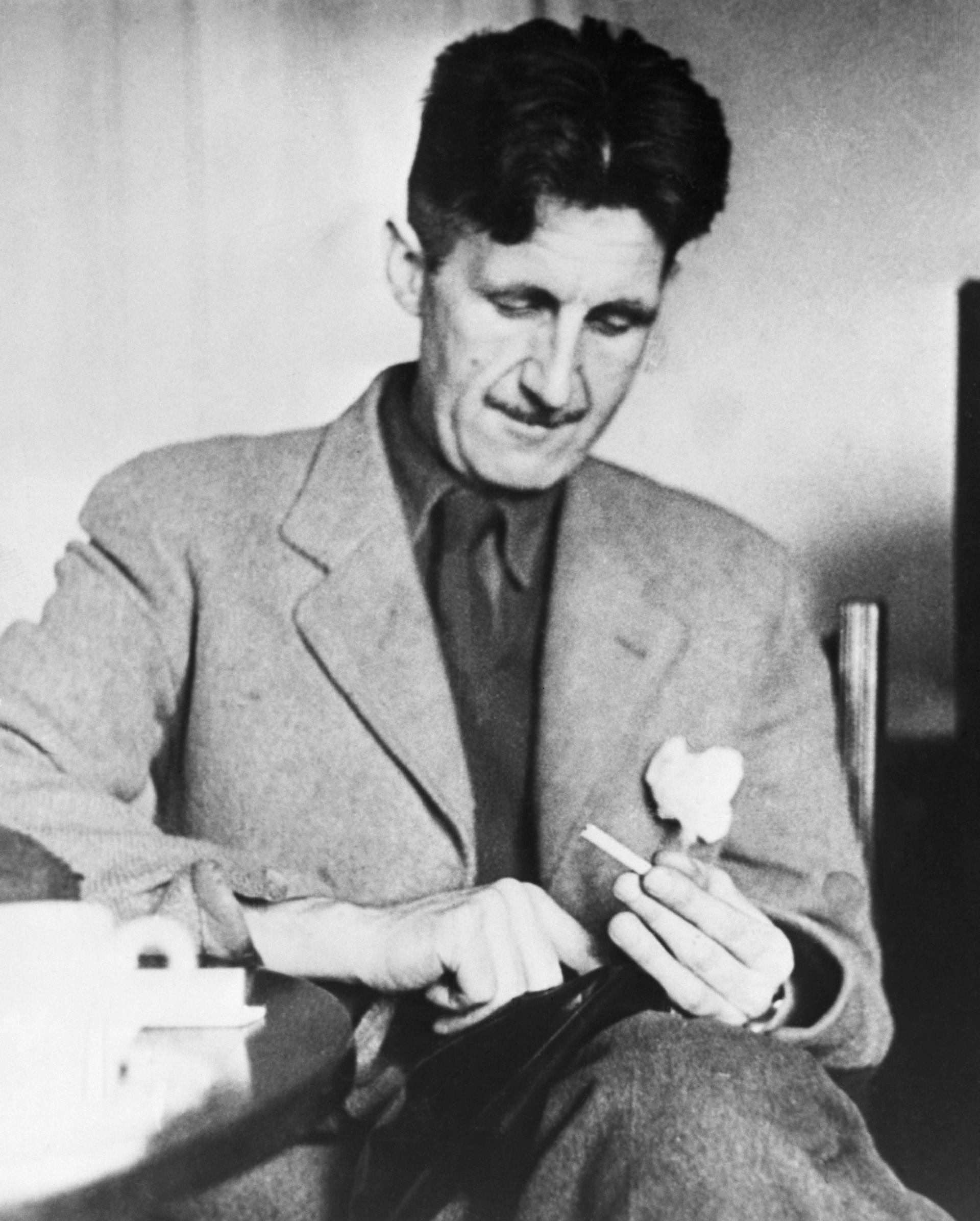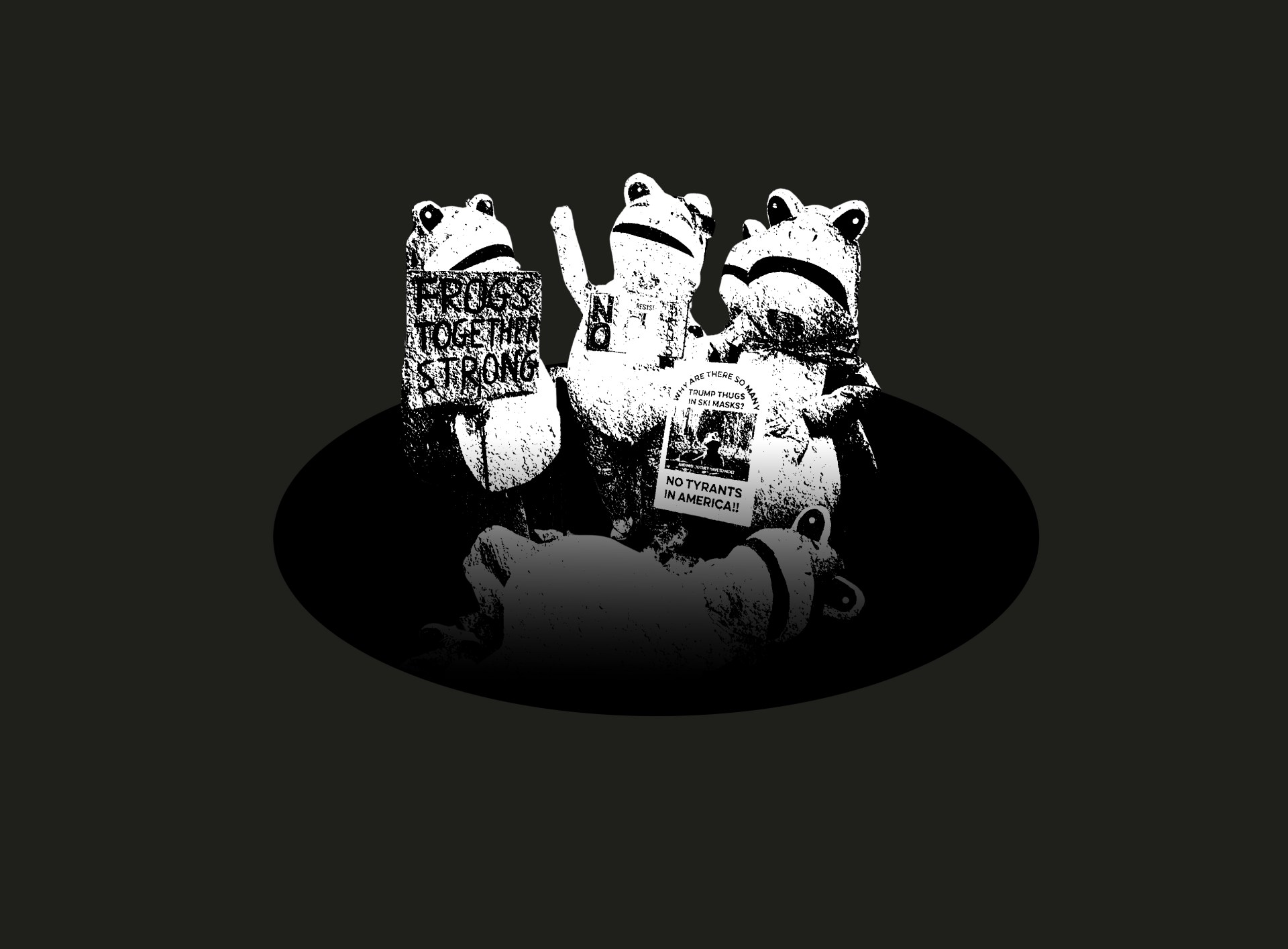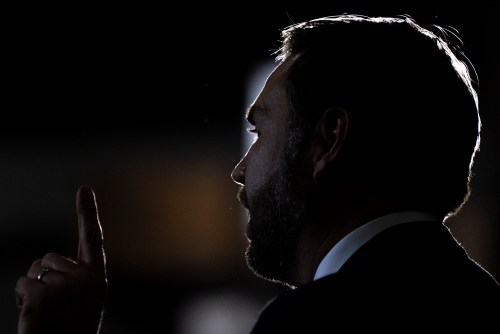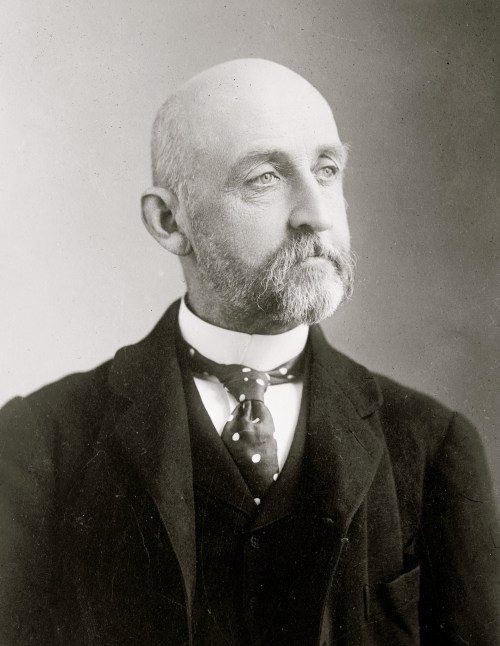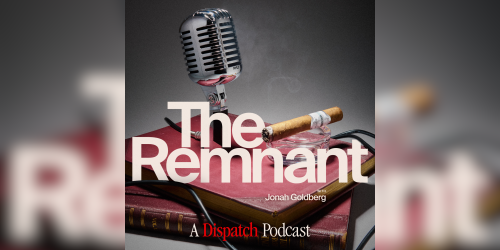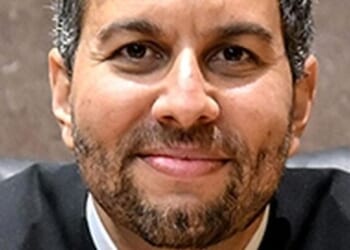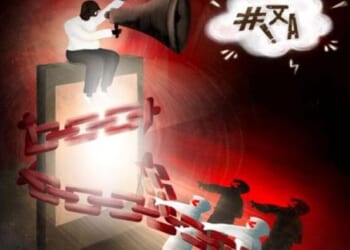![]()
We’re dedicated to cultivating the next generation of thinkers and leaders—that’s why we’re proud to provide Dispatch memberships to students looking to stay informed, think critically, and better engage with the world around them.
Your support can help provide a new wave of young conservatives with better journalism and more thoughtful dialogue. Click here to sponsor a student subscription.
Hello and happy Saturday. A fragile ceasefire remains in effect in the Gaza Strip. While Hamas returned the 20 surviving hostages to Israel on October 13, it has been slower to return the remains of 28 deceased hostages, and reports indicate it may not be able to locate all of them. And last weekend, a terrorist attack killed two Israel Defense Forces soldiers and Israel responded with airstrikes. Vice President J.D. Vance and Secretary of State Marco Rubio both visited the region this week to convey U.S. support for maintaining the ceasefire.
But the hostage return and a partial Israeli withdrawal were just Phase 1 of the peace deal. The second phase, as we noted in The Morning Dispatch, “calls for Hamas’ disarmament, the complete withdrawal of IDF forces from Gaza, and the creation of an internationally backed board to oversee a new Palestinian governing body.”
That’s a big lift, and Hamas’ inability to return hostages’ remains is not the only cause for pessimism. Hamas has done nothing to suggest it’s going to disarm. Rather, it’s done the opposite. From TMD:
Since the ceasefire’s start, the group has targeted rival militias, alleged Israeli collaborators, and others perceived to challenge its dominance in the territory, killing at least 33 Palestinians. At least eight were publicly executed on the street in Gaza City, killings that a Hamas military unit recorded and shared online with the accompanying text, “This is the fate of every traitor to the homeland and to religion.”
Amid the terrorist group’s effort to consolidate power, there is little reason to believe that the terrorist group will advance to the next part of the deal: disarm and cease its governance over the Gaza Strip.
Kevin D. Williamson is unsurprised. In a column we published Wednesday, he described the 20-point plan as “a triumph of marketing over substance, packaging over product”:
If the document is merely aspirational in many points, then in others it would be more accurately described as delusional.
E.g., the first bullet point—and a collection of bullet points is all this “plan” is—reads: “Gaza will be a deradicalized terror-free zone that does not pose a threat to its neighbors.” That would be lovely. How do we get there from here? No one at the White House seems to have any idea—nor anyone in Jerusalem, or in Gaza, or in Cairo, nor Tehran, whose role in all this is being studiously ignored by the Trump administration. You’d have to disarm Hamas, and Hamas has not agreed to be disarmed. Rather, Hamas responded to this demand for deradicalization and freedom from terror by launching a campaign of homicidal terrorism against its political rivals in Gaza, among other things wresting control of a hospital-cum-rocket factory from another Palestinian group.
Unlike the Trump administration, Hamas has a plan, and, evidently, it involves a lot of rockets. It presumably does not involve a non-Hamas power governing Gaza.
While the ceasefire is tenuous, it’s holding for now. With the hostilities over for the moment at least, contributor Yaakov Katz, co-author of the new book While Israel Slept, argues that it’s time for Israel to conduct an investigation into the failures that led to Hamas’ October 7, 2023, invasion in the first place. He writes:
Tactically, the failures of the day originated with the intelligence blindness that missed what Hamas was planning, even as warnings piled up. Then the collapse of Israel’s automated defensive systems—the fences, sensors, and cameras that were intended to stop such an attack. And finally, the unpreparedness of the small, under-equipped forces stationed along the border with Gaza.
But even more devastating was Israel’s strategic blindness: The security and political establishment operated under the illusion that Hamas was deterred, that quiet meant safety, that the problem could be “managed.” For years, Netanyahu and his security chiefs assured Israelis that Hamas sought jobs and stability, not war. In practice, the government helped sustain the illusion, allowing Qatar to deliver $30 million a month in cash-stuffed suitcases straight to Hamas.
Thanks for reading, and have a great weekend.
Before Biden’s illness forced him from the campaign trail, his family and closest aides still believed that he could weather the storm—in part because he’d done so before. In fact, Joe Biden’s entire political career had been riddled with personal and political setbacks, and he’d managed to defy the odds and become the president of the United States. He nearly quit politics in 1972 when his family was hit with tragedy, but he forged ahead and became one of the most influential senators of his time. He had ended his first presidential campaign in disgrace following a plagiarism scandal. He ran for president again and lost again 20 years later, but went on to become a two-term vice president. In 2020, he ran yet again and came in fourth place in the Iowa caucuses and fifth in the New Hampshire primary but still managed to bounce back and win the nomination and the presidency. “The sense was that this is just another of the, I don’t know, dozen times in which we were counted out for dead,” Hunter Biden later recalled. “How many storms have we weathered? Whether just purely political, the political combined with personal, or the purely personal.”
I am disgusted by the binary worldview that sees their racism or antisemitism as proof of villainy, but our racism or antisemitism to be inconsequential and irrelevant when stacked against the need for unity in the cause (J.D. Vance condemns hateful and violent rhetoric by them but considers condemnation of hateful and violent rhetoric by us to be mere “pearl clutching” that distracts us from the cause). If the cause requires solidarity with evil, then the cause is the problem. The standard cannot be “but they’re worse!”—even when it’s true. Lesser evils are still evils. While man’s capacity for evil can never be denied, the primary driver of these competing hypocrisies is not deliberate moral depravity—very few villains ever think they are the villain in their own story—but the unintended moral depravity that excessive loyalty inspires. That’s the problem with the tribalism of identity. It elevates loyalty to the top of the moral hierarchy.
What researchers are also working on aren’t just new and improved ways to make things we’re familiar with, but entirely new products. “This ability to print DNA from scratch, to go from information in a computer describing ATCG to physically making a DNA molecule—this doesn’t happen in natural living systems, because the DNA always gets copied from another piece of DNA,” Endy explained. “If I could make any DNA I want, what can I do with that?” This includes things like bioluminescent petunias or engineering bacteria to live in sinuses that would cause mucus to change colors when someone is infected with a flu virus or coronavirus. The potential applications of these advances are vast, and that’s why researchers believe this era could be so significant. The congressional biotech commission released its final report this spring and stacked the third biotech wave alongside the prehistoric agricultural revolution and the Industrial Revolution in historical significance.
Disarming the government and disarming their own side’s violent chuds: Absurdism has served the “No Kings” folks pretty well. The civil rights movement of the 1960s accomplished that same sort of dual disarmament by insisting on nonviolence, knowing that doing so would alienate allies they didn’t want or need and lead average Americans to sympathize with them when the state brutalized them gratuitously. “I Am a Man,” their signs famously read. Sixty years later, in a dumber and more decadent country, “I Am a Unicorn” gets the job done. And so, unusually for a protest in America, “No Kings” accomplished something meaningful. It correctly anticipated the next stage in Trump’s authoritarian takeover and seized an opportunity to try to debunk the pretext for it. The president’s critics aren’t threatening anyone, they aimed to show, so there’s no reason for him to threaten them with military action in return. The rallies may have meaningfully moved the needle of public opinion against future troop deployments by damaging Trump’s credibility when he screeches about civil unrest. In a post-persuasion society, that’s no mean feat.
Best of the Rest
How to Question a Pope
Pope Leo XIV’s comments on Sen. Dick Durbin ignited his first major critical firestorm.
Independents’ Day
Unaffiliated voters hold enormous power in midterm elections. Right now, they are unhappy with both Trump and Democrats.



